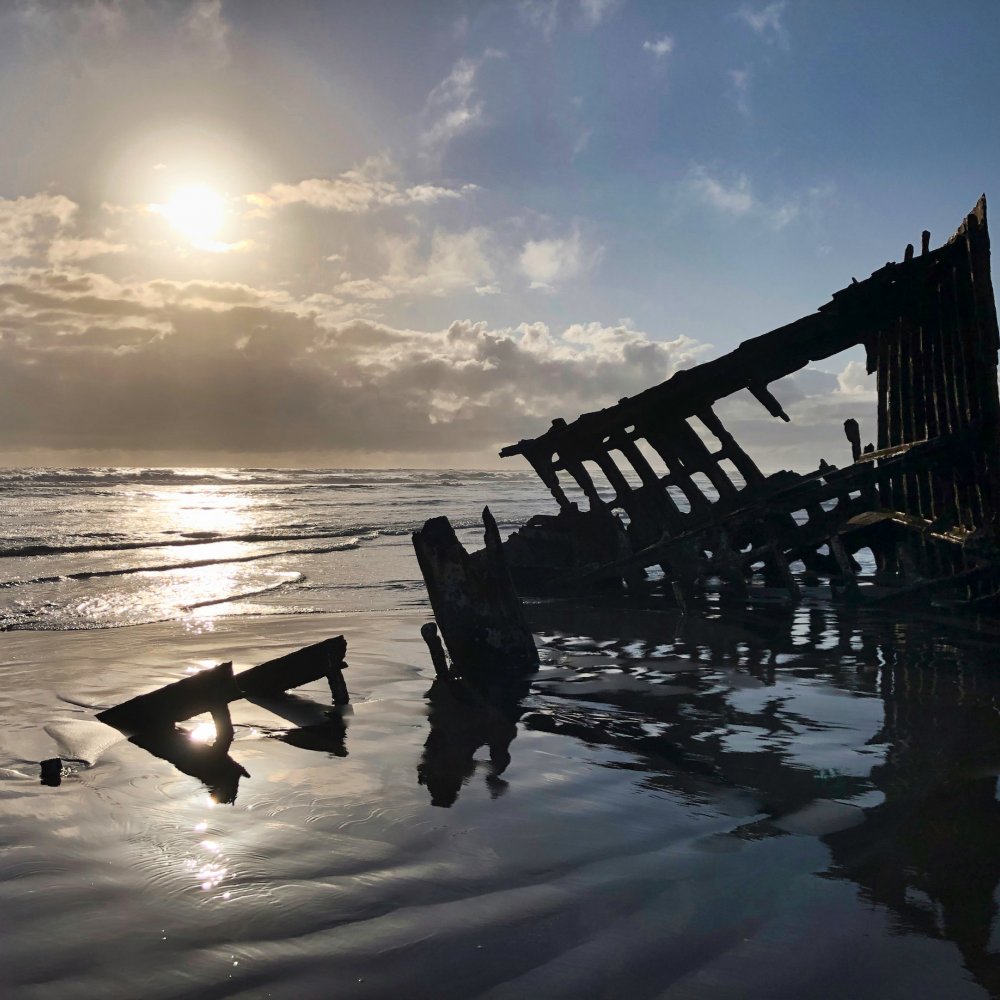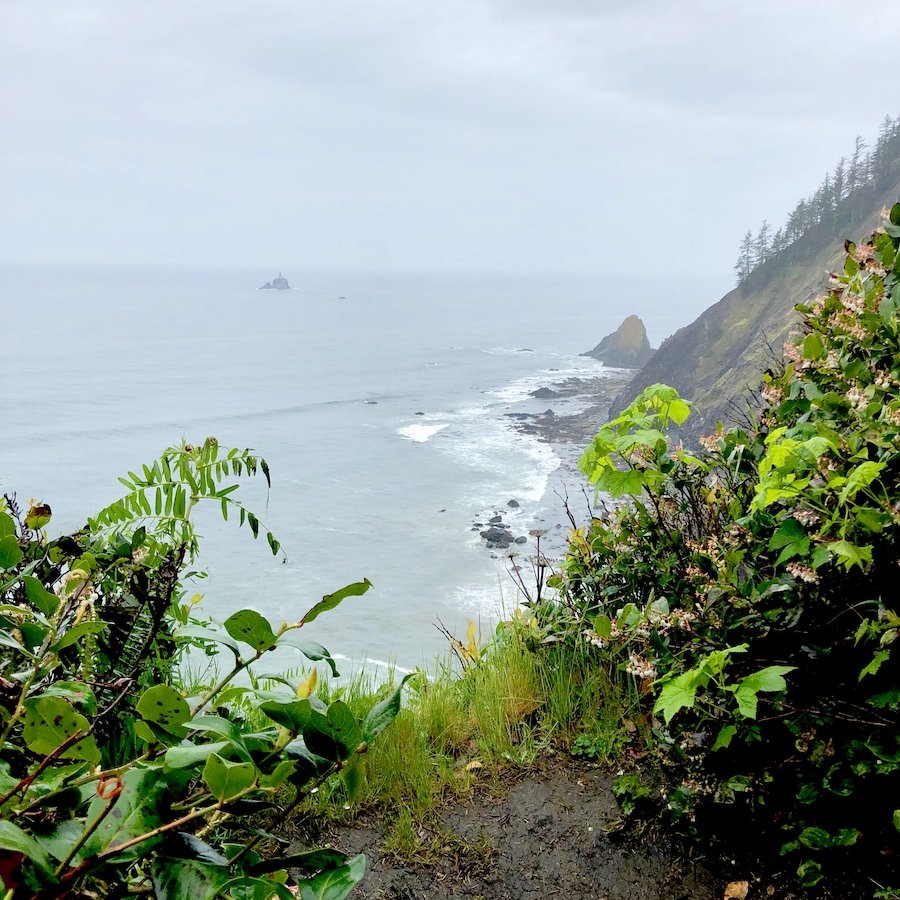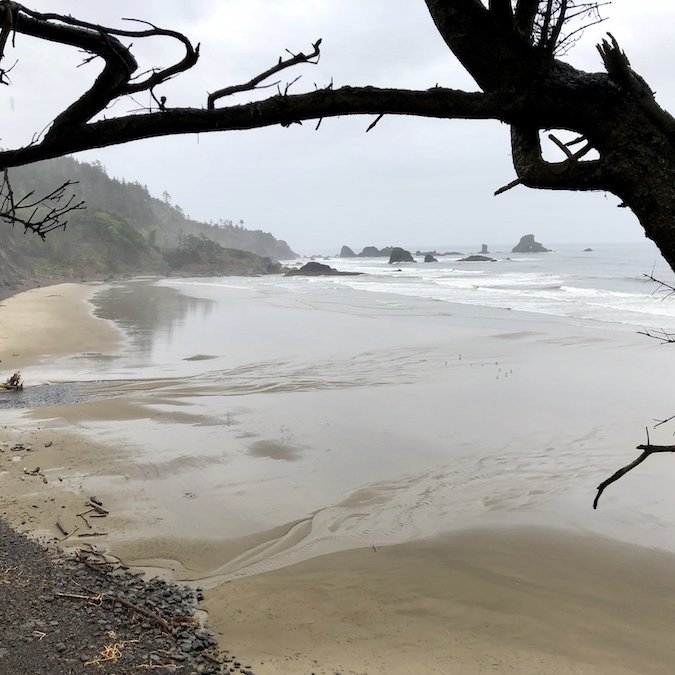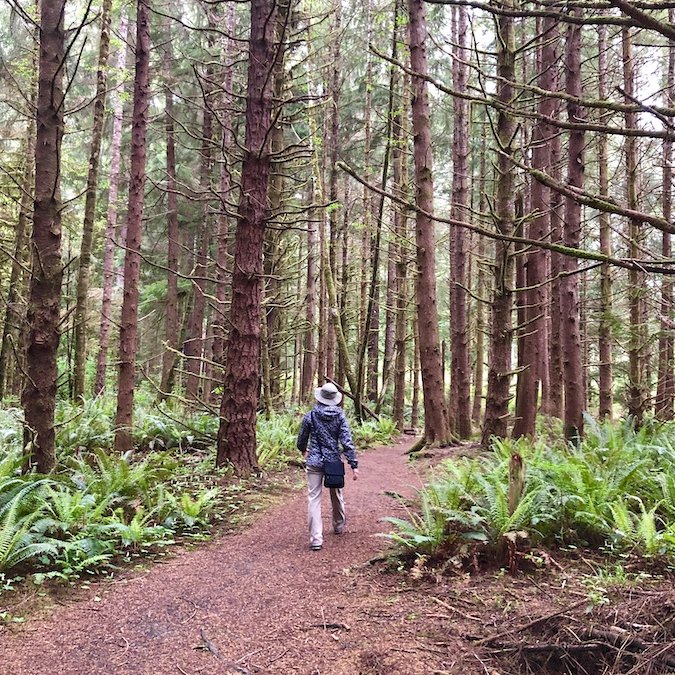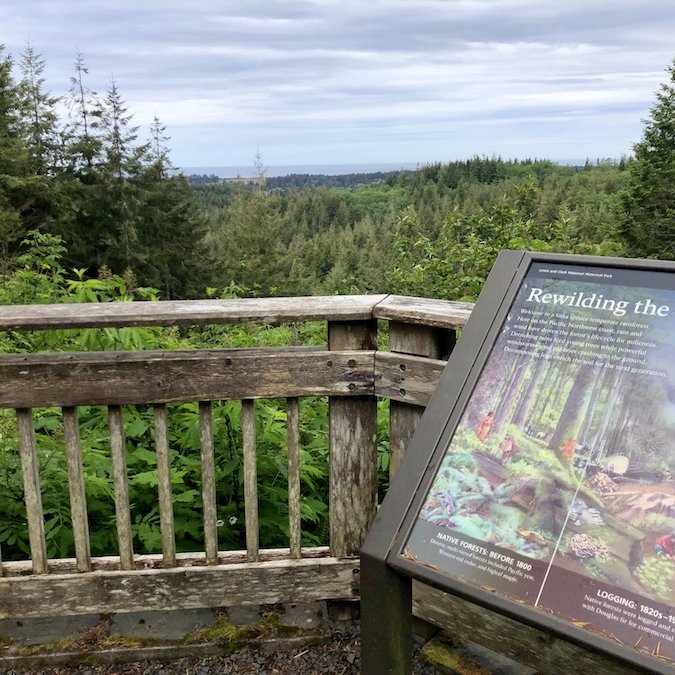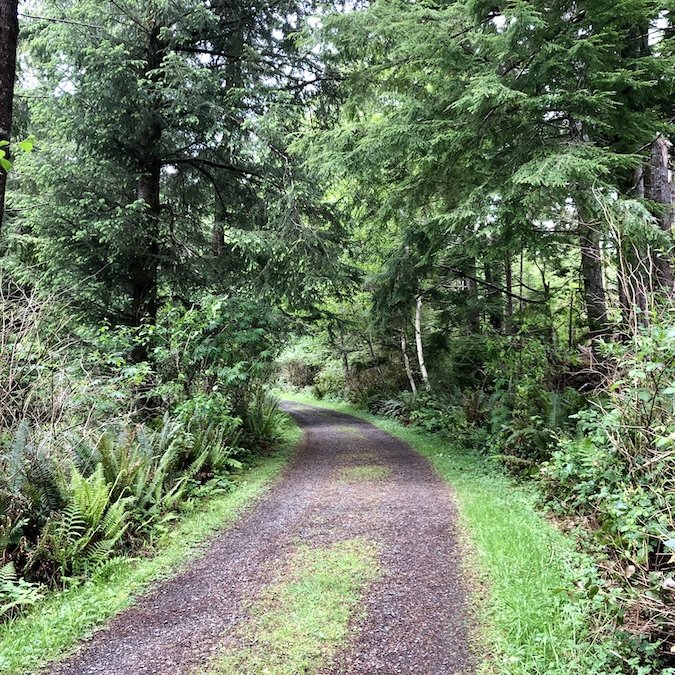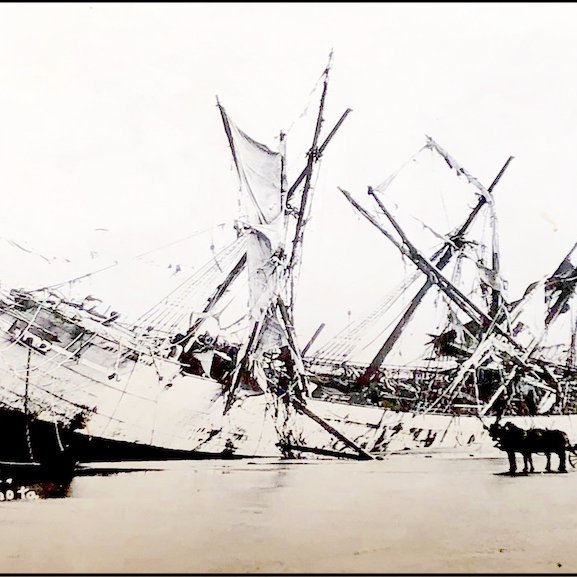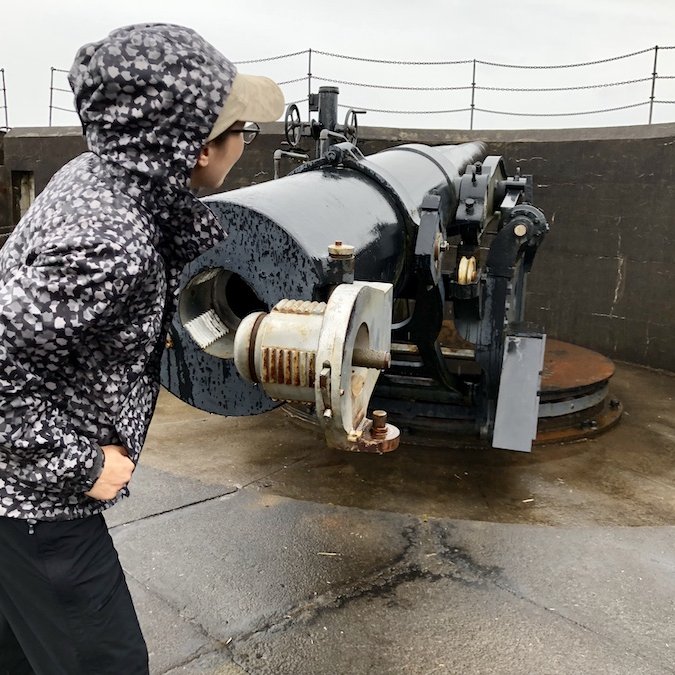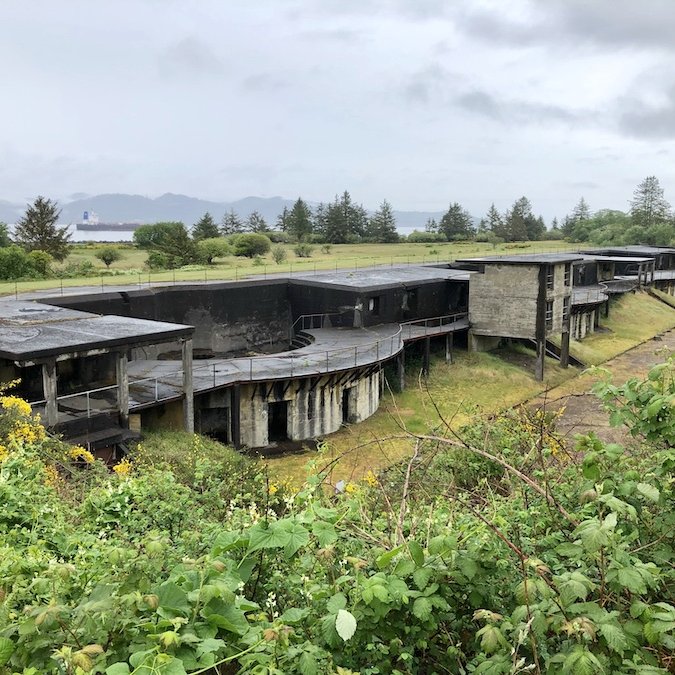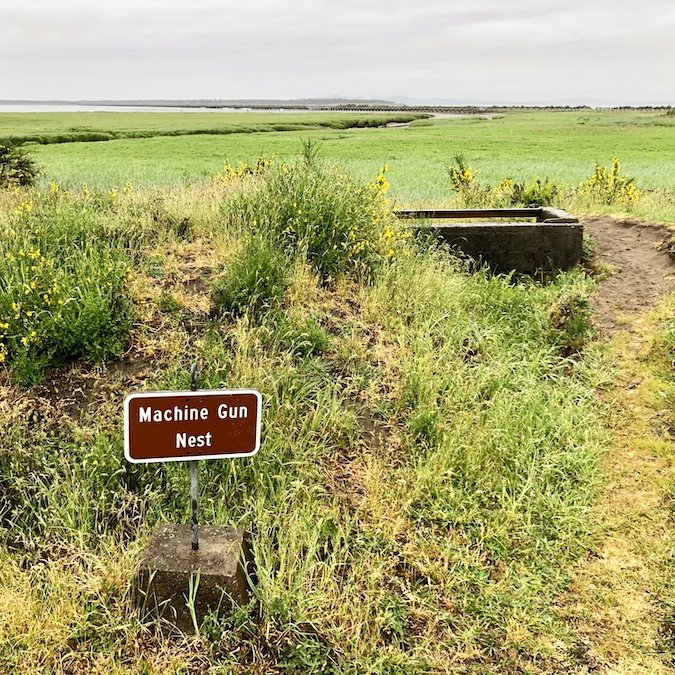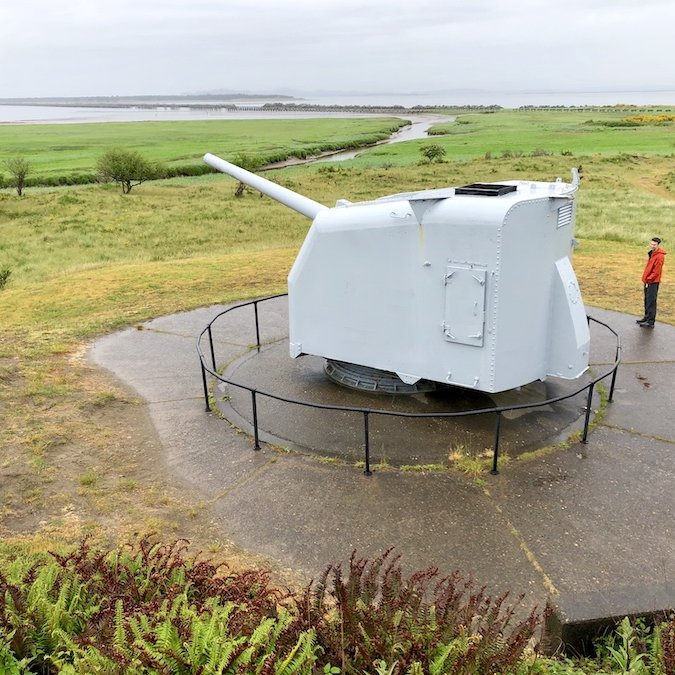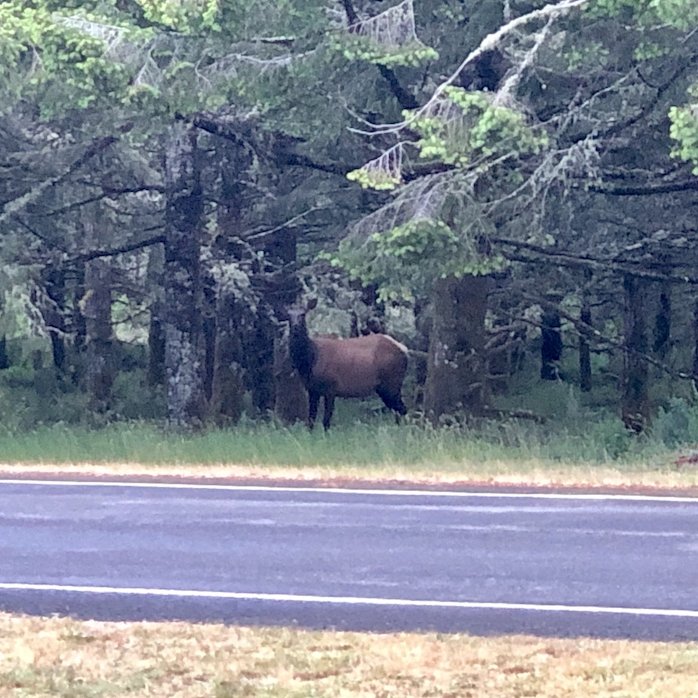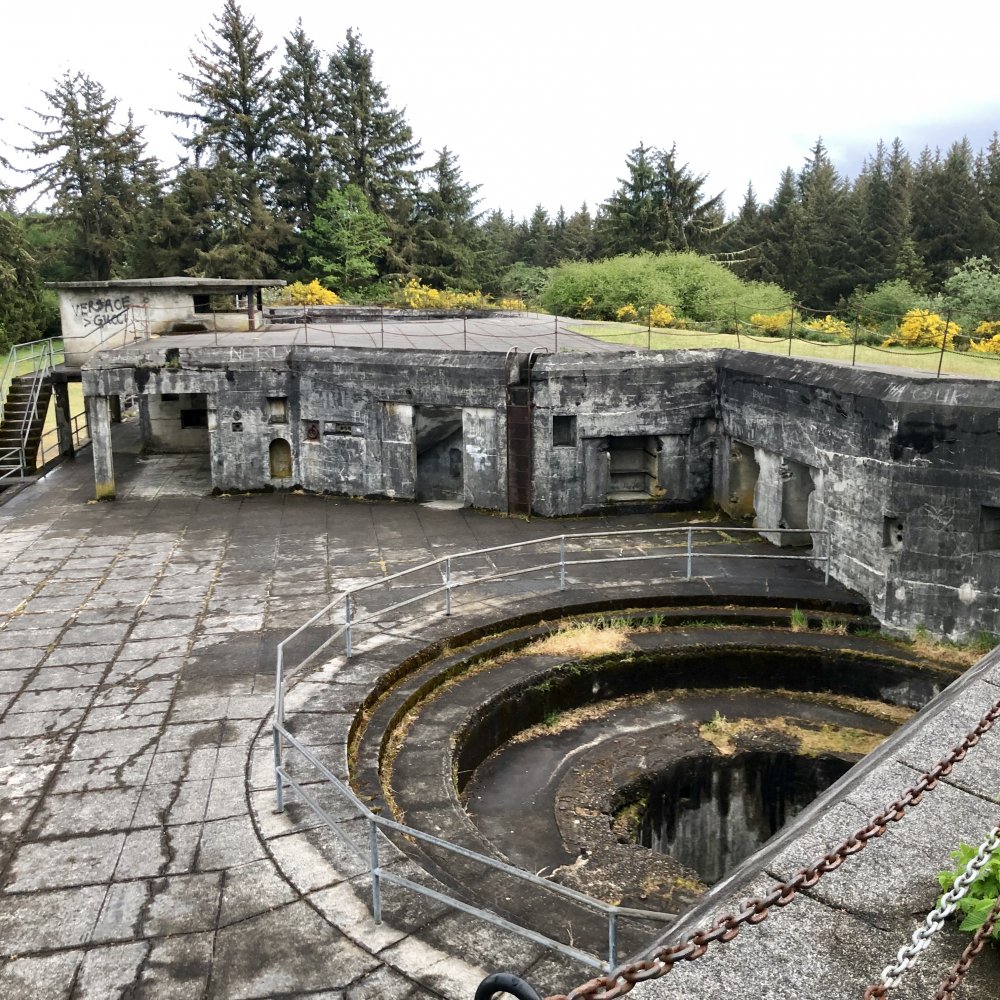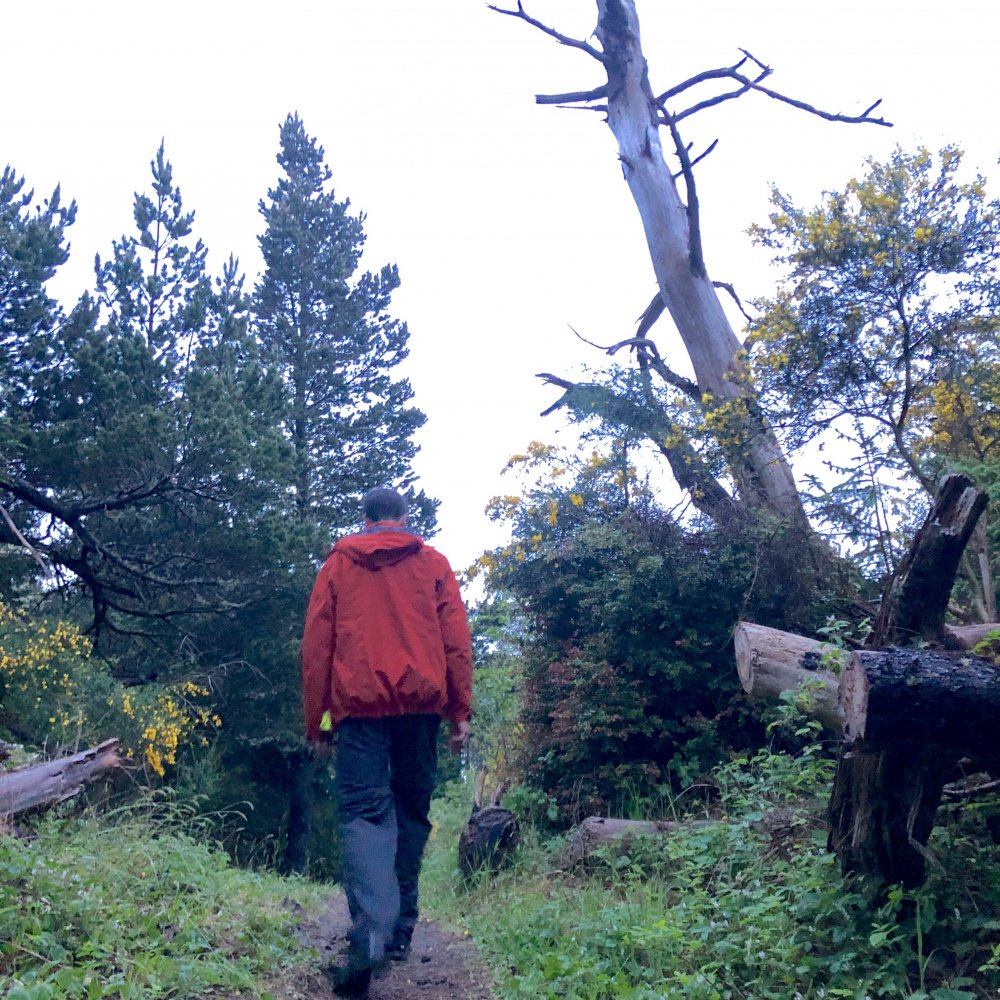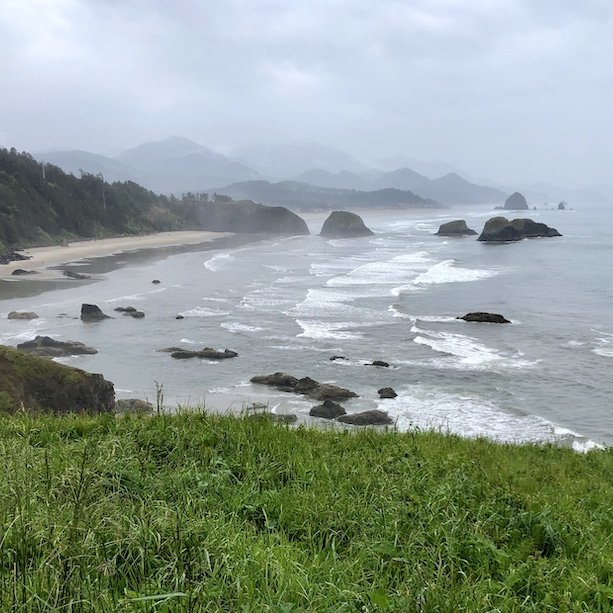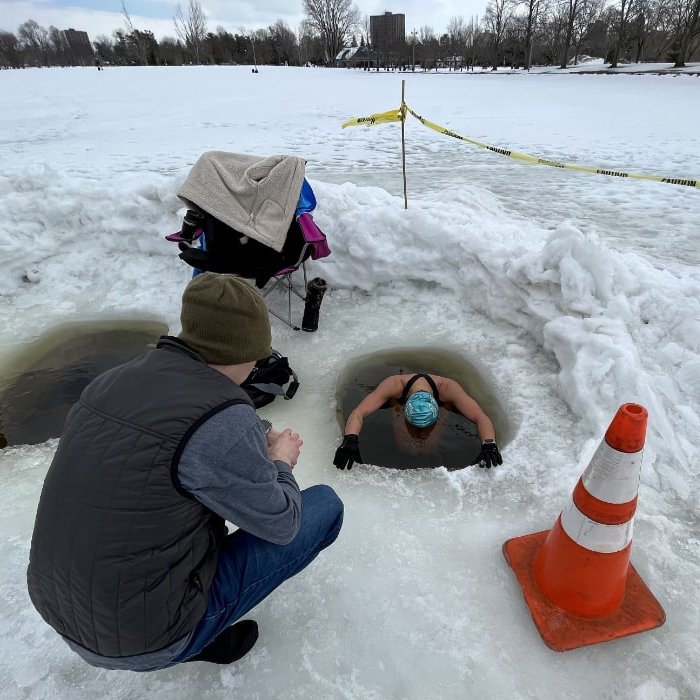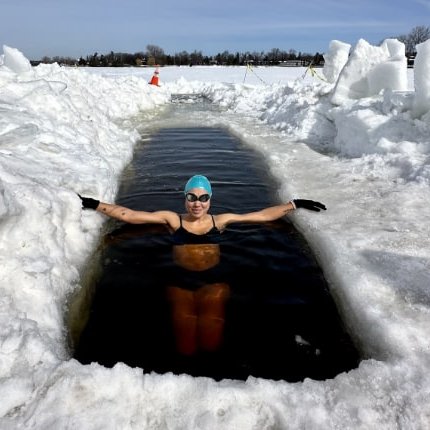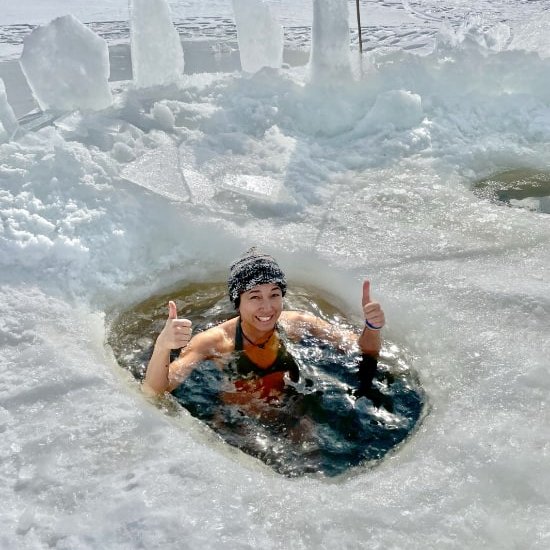Last week, Chris and I finally got to cross one more item off our west coast trip list, which was touring the Oregon coast by car, camping at some of the many amazing campgrounds, north to south. We decided to do this trip in the spring, hoping to avoid the massive summer crowds. If we had gone just one week earlier or one week later, we would have had gorgeous sunny weather. As it turned out, the week we went it was rainy and cloudy most of the days. That’s life on the wet coast for you. Any time you plan a trip outside the summer window when everything dries out, you roll the dice and take your chances. On the bright side, nearly every campground was quiet and mostly empty. And while we weren’t able to do some of our desired activities, we did get to enjoy the beautiful coastal imagery of huge crashing waves, desolated beaches, and the moody skylines that accompany these kinds of conditions. And we did manage to get a few half-day pockets of clearer weather here and there.
We visited so many beautiful outdoor locations, I‘m going to divide it up into different areas, starting with the north coast.
Fort Stevens State Park: A Campground for Lovers of Military History
After nearly 6 hours of driving south from Vancouver, we reached our first destination: Fort Stevens. Located on the northernmost spit of land on the Oregon Coast, it is steeped in military history, having been the primary military defense installation in the three-fort, Harbor Defense System at the mouth of the Columbia River. The fort was serviced for 84 years, from the Civil War to World War II. Now, Fort Stevens has developed into a 4300-acre park, with hiking and cycling trails that give you the chance to explore the area’s history and nature.
I’m sure in the summer this place would be packed, but it was practically deserted while we were there for the first 2 nights of our trip, though most if not all the cabins and yurts at the campground were pre-booked, so keep that in mind if you want to use the clamping option that is now provided in nearly every state park. We has our own travelling “glamper”, our Skycamp, a rooftop tent that we could quickly and easily set up and pack away repeatedly as we travelled down the coast.
Coastal Exploration at Fort Stevens
We got a bit of sun on our first evening at Fort Stevens so we decided to take a walk on some of the trails. You can technically hike all the way around the park in a 16km loop, but since we only got to the campground and set up camp by 6:30pm we didn't have a ton of time, so we only hiked a portion of the Fort Stevens Loop Hike. It was a long walk to the beach on a paved trail, so if you have bikes with you, it would be a much more efficient way to get around and sea more while sticking to human-powered travel. What we weren't able to cover in that first evening, we got to see the next day, driving out to the remote parts of the park.
Our first stop at a point of interest was the Peter Iredale shipwreck, a 4-masted steel barque sailing vessel that ran ashore on the Oregon coast on the way to to the Columbia River on October 25, 1906. As you can see below, the wreckage is still visible, and it really cool to get such a close look at a shipwreck.
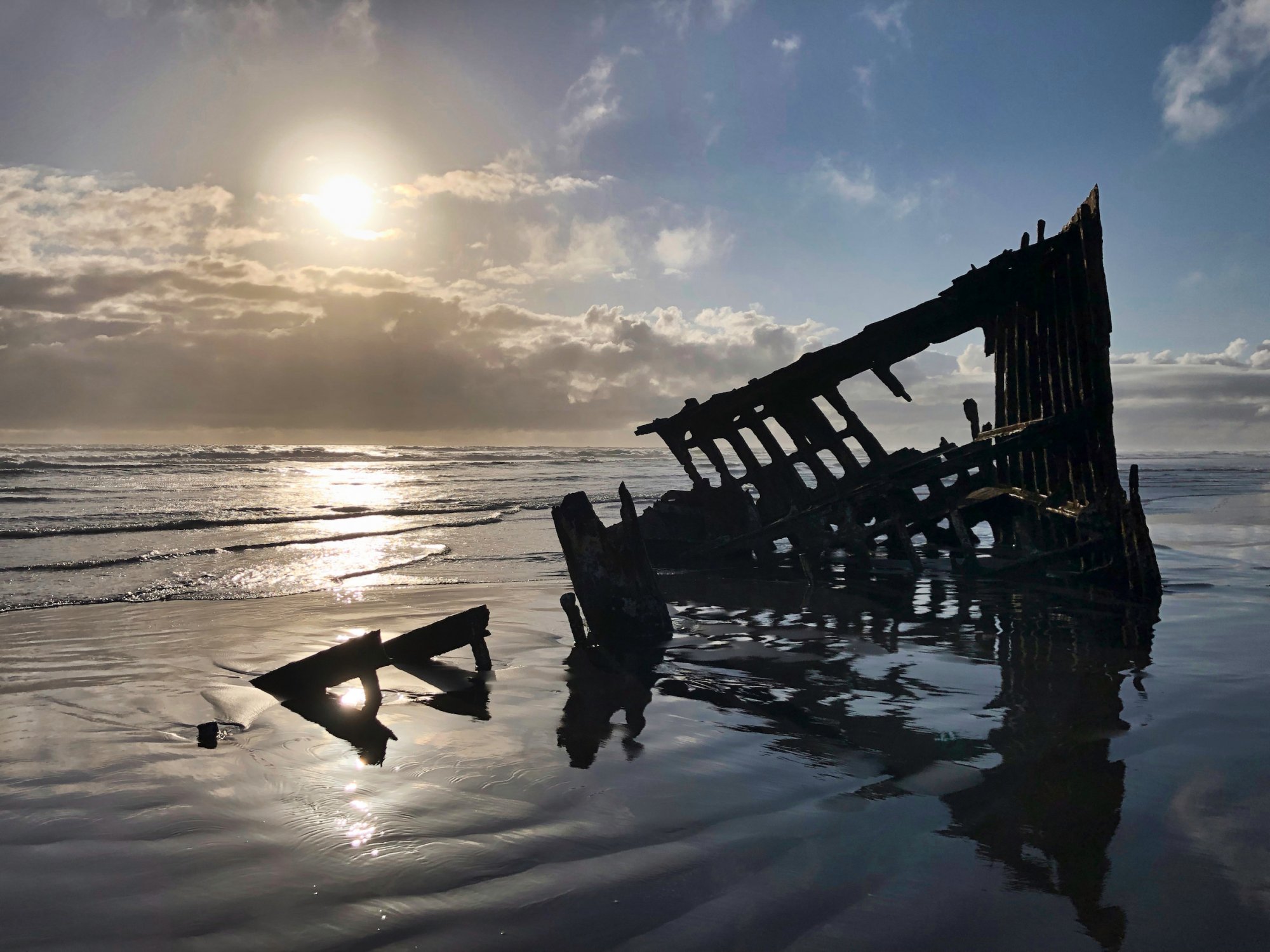

We continued the loop trail on a section north through the woods in a flat and otherwise uninteresting trail. We walked a long while without seeing anything before we decided to turn back and find some of the other points of interest in the park. We did manage to spot a large elk at our turn-around point, a sighting which made that boring part of the trek worthwhile.

We walked back along the road until we reached the Battery Russell trail, which gave us the chance to meander around in its namesake, a fortification named after a Union Army major general killed in the Civil war. The fort was completed in 1904 and decommissioned in 1944. It was serviced by two 10" disappearing rifles. During WWII, a Japanese sub lobbed shells near Battery Russell, causing no damage. This was the first foreign attack on U.S. soil since the War of 1812.
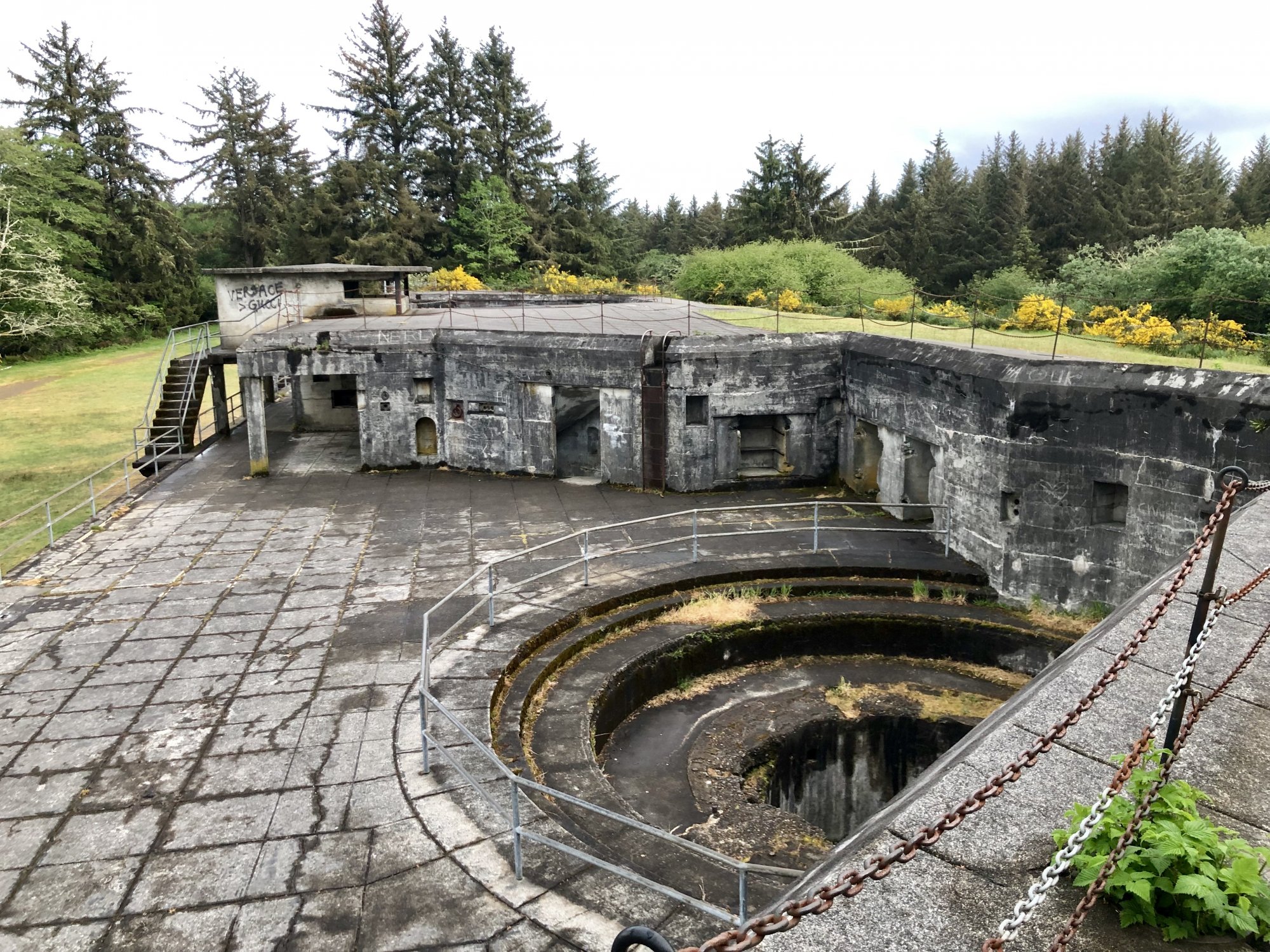
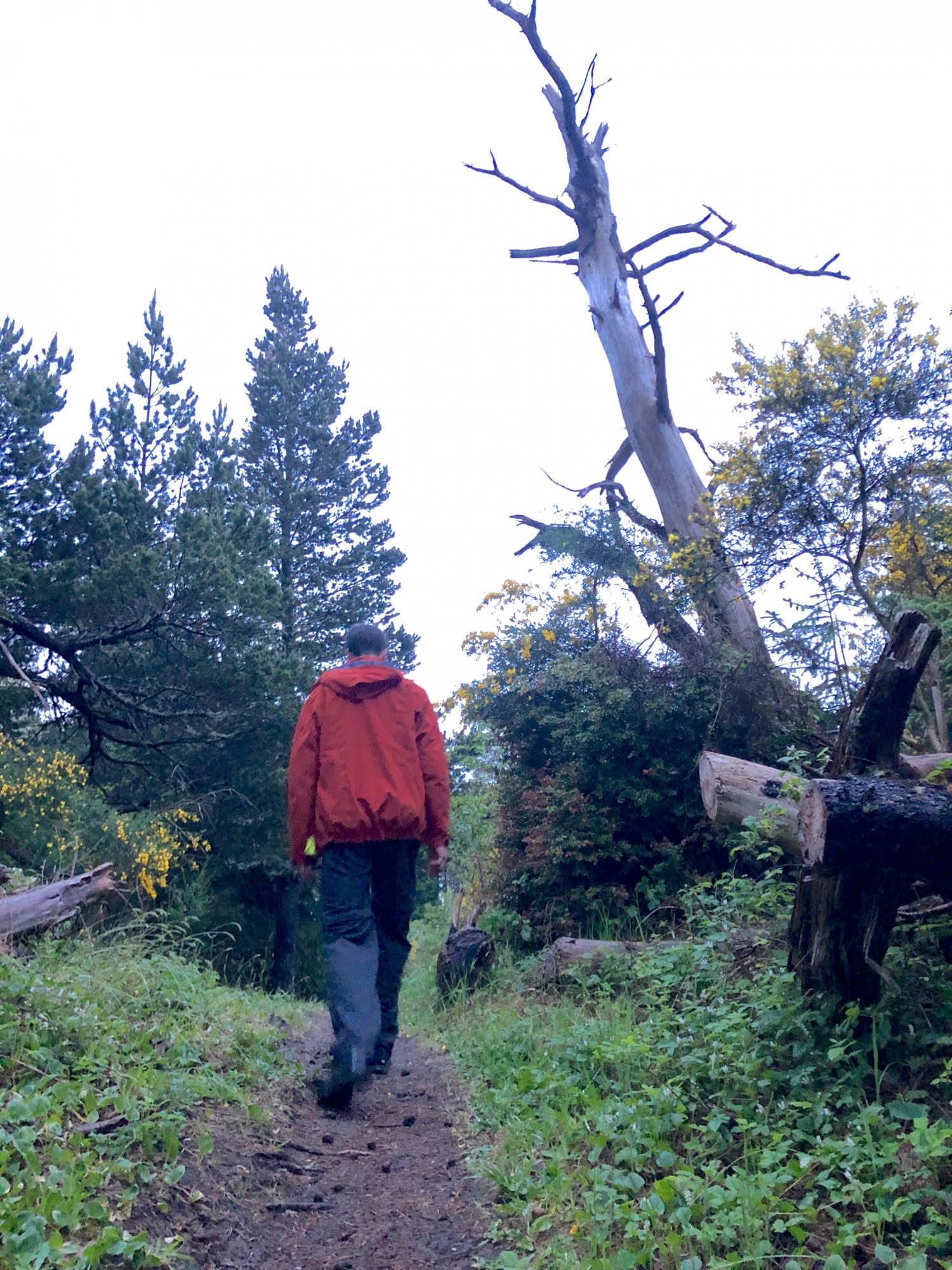
The next morning, we drove out to Clatsop Spit at the very north end of the park to check out the nature viewing stations. The sun was out for most of the morning, which brought a few pockets of people out to the water there to fish. There was lots of waterfowl to see, as we made our way around the spit along the beach. The best viewing station was definitely the tower on the west side of the peninsula midway along the peninsula. We spent a long while there watching the waves crash into the wave breakers along the shore.

In the evening, we headed out to museum run by Friends of Fort Stevens volunteers. The museum itself is small, but details all the history of the park and displays a number of related artifacts and articles. Mostly, we were there to check out all the old batteries surrounding the museum. There is an underground tour you can take, but we got there too late for any of that so we just explored the area on our own. It's so much cooler when you can just walk around these old battery relics without anyone around, and just take your time with it to soak it all in. For more information about all the trails and attractions at Fort Stevens, check out this PDF of the Fort Stevens State Park Guide.


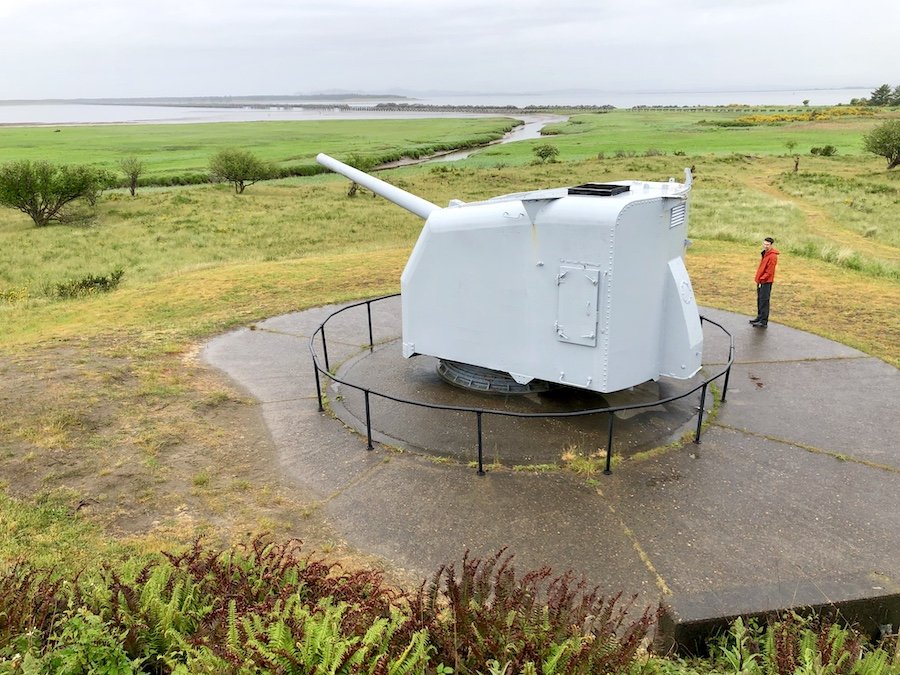

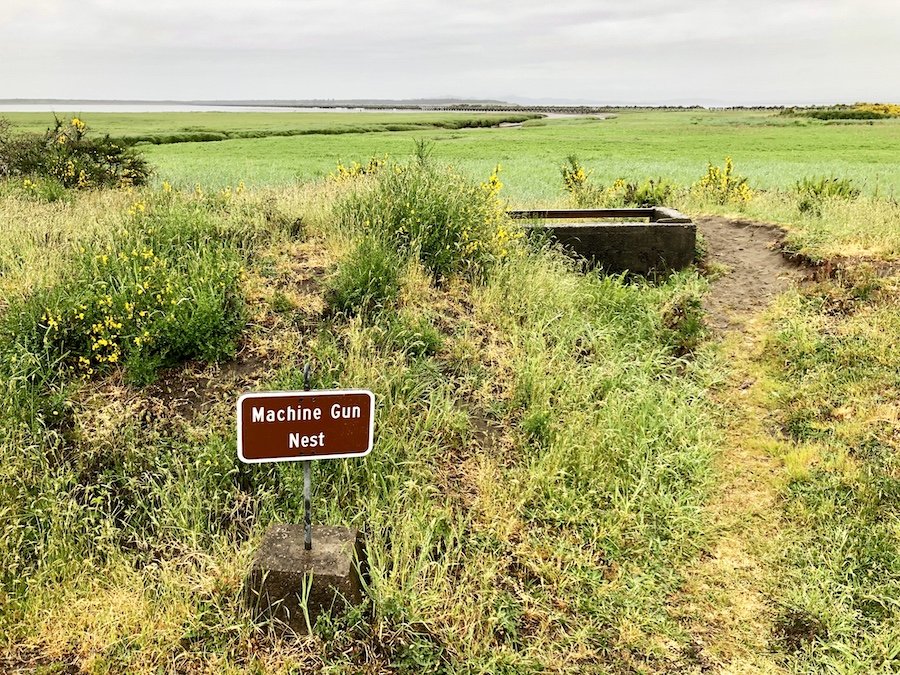
Lewis & Clark National Historical Park and the Fort-to-Sea Trail
In the late morning of our second day in the area, we headed out to the Lewis & Clark National Historical Park. For $7/adult, you get access to the museum and the fort in the area, as well as the trails all around. We watched a not-unsurprisingly cheesy, historical short film detailing how the explorers Lewis and Clark decided to set up Fort Clatsop to winter there in the area (without the permission of the local native population).
After finishing up at the museum, we had originally thought to hike the whole Fort-to-Sea trail, but being an out-and-back would have made it a 20km trek total, which we simply didn't have time for, so we decided to just hike to the Clatsop Ridge Overlook and back, with the intention of driving out to the coastal section of the trail, which is accessible by car.



The trail up to the overlook is well maintained, and you can see the sections that used to be used as a wagon route. It's not a challenging hike by any stretch, but if you're into history, you can imagine what it must have been like to travel through this area by the old modes of transport. You can see the ocean from the overlook, but it's not a spectacular view. It's a good enough place to stop and rest and have a snack though before heading back. Unfortunately, we didn't get around to doing the second section because the weather turned on us and it was pouring rain, so we decided to keep driving down the coast.
Ecola State Park and the Clatsop Loop Hike
Ecola State Park, located between Seaside and Cannon Beach, is an impressive ocean playground with opportunities to hike, bike, and even surf around the north coast. The ocean views of the waves coming to shore are stunning. While it was raining when we were there, we took the opportunity to check out the view of Crescent Beach from Ecola Point, and hike a section of the [Clastsop Loop Hike](clatsop spit loop hike] from the Indian Beach trail head, a 5km loop isn't particularly long, but if you want to do a smaller section of it, you can hike up to the lighthouse viewpoint and back, which is only around 1.25km. The weather being what it was, and the time constraints we had in wanting to go check out other things, we did the latter. We still got to enjoy the sea views on the way up the hill and see the first lighthouse of our road trip, the Tillamook Rock Lighthouse. Bring binoculars if you want to get a better view, as it is pretty far out, as you can see below.
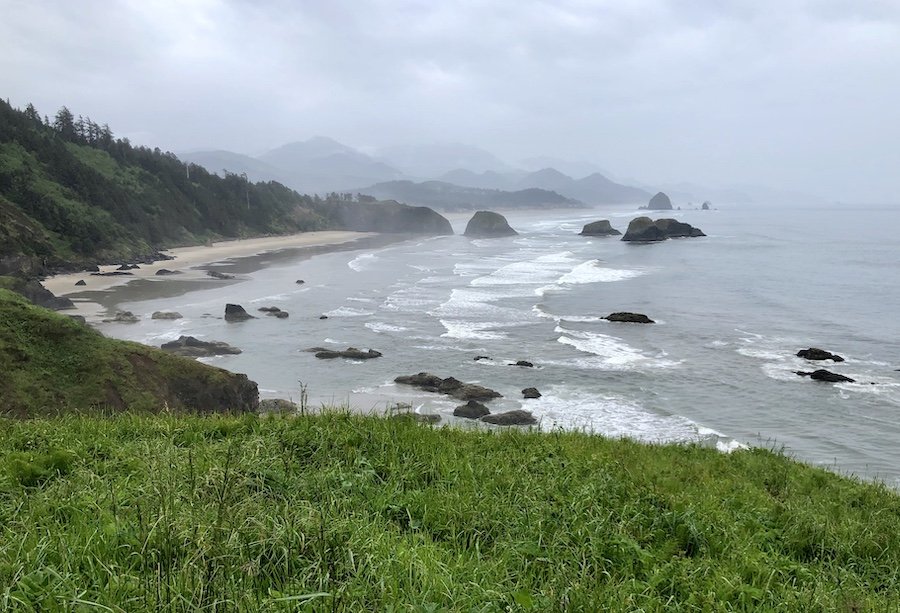


Packing Up Wet and Moving On
The morning of our departure from the area was pelted us with rain as we made our morning coffee and hurriedly packed up the Skycamp so we could escape to what we hoped would be better weather further down the coast, but we were happy enough with what we got to see and experience during our short time on the north coast of Oregon while staying at Fort Stevens State Park. In my next blog post, I'll describe our outdoor explorations of the central Oregon coast.

